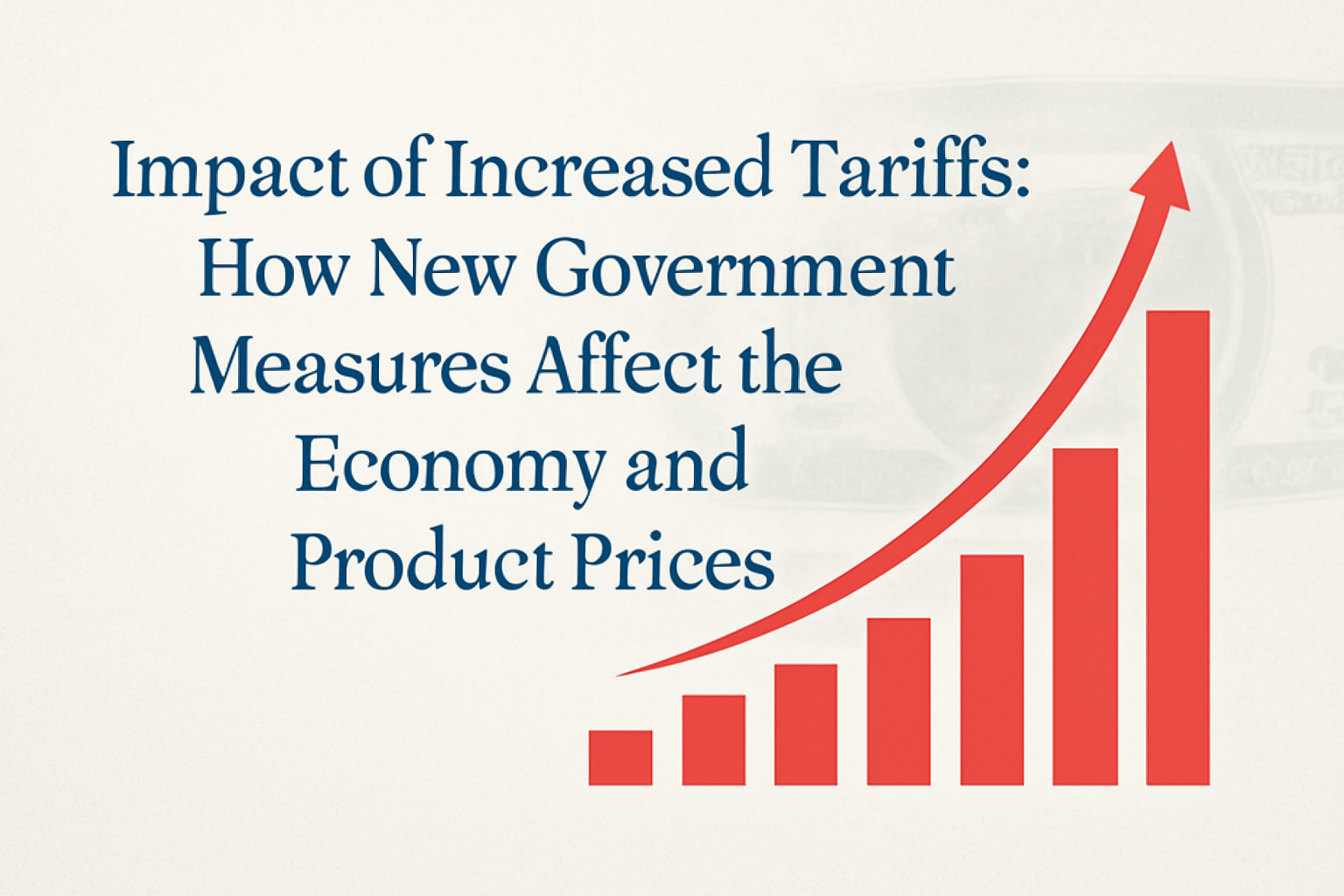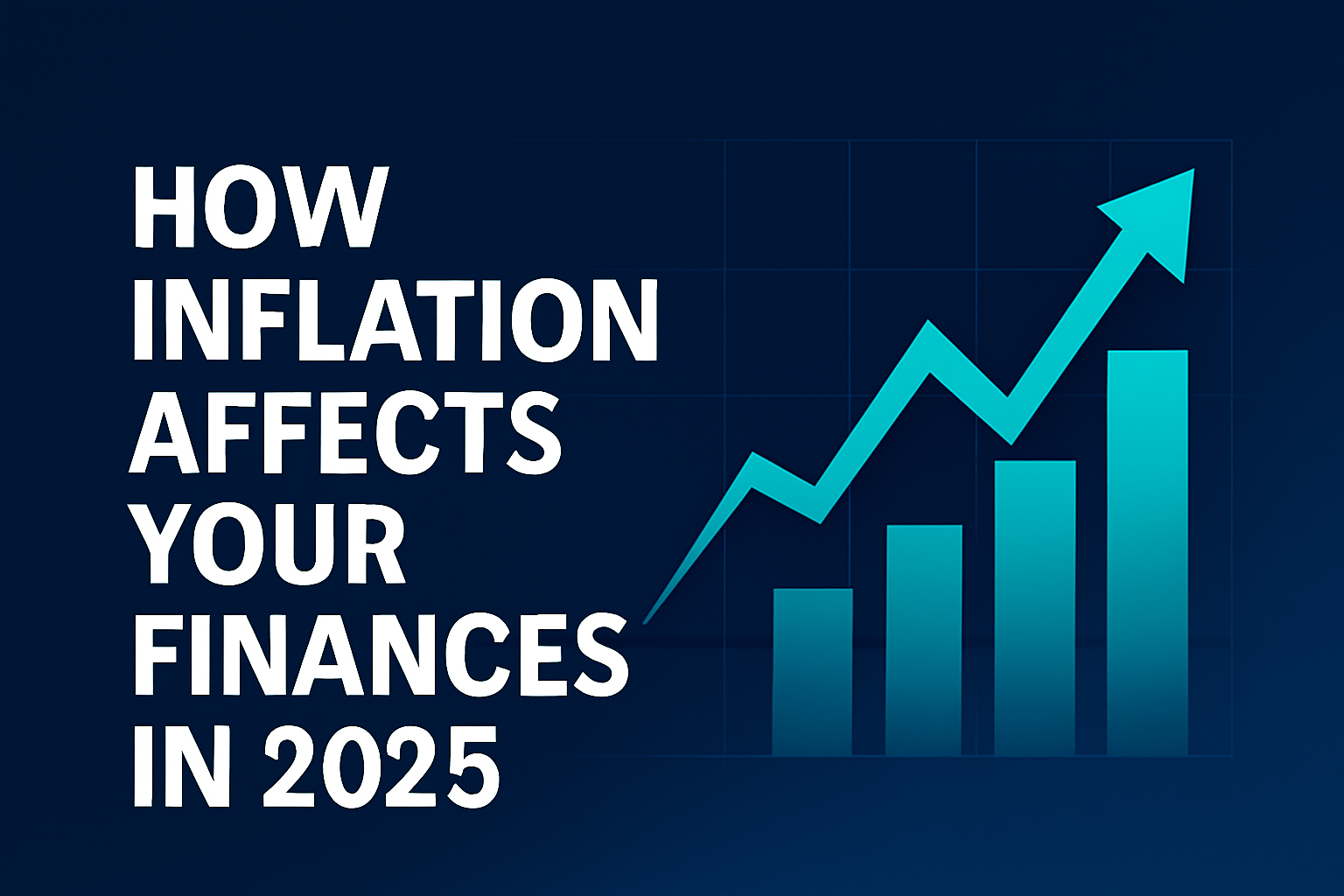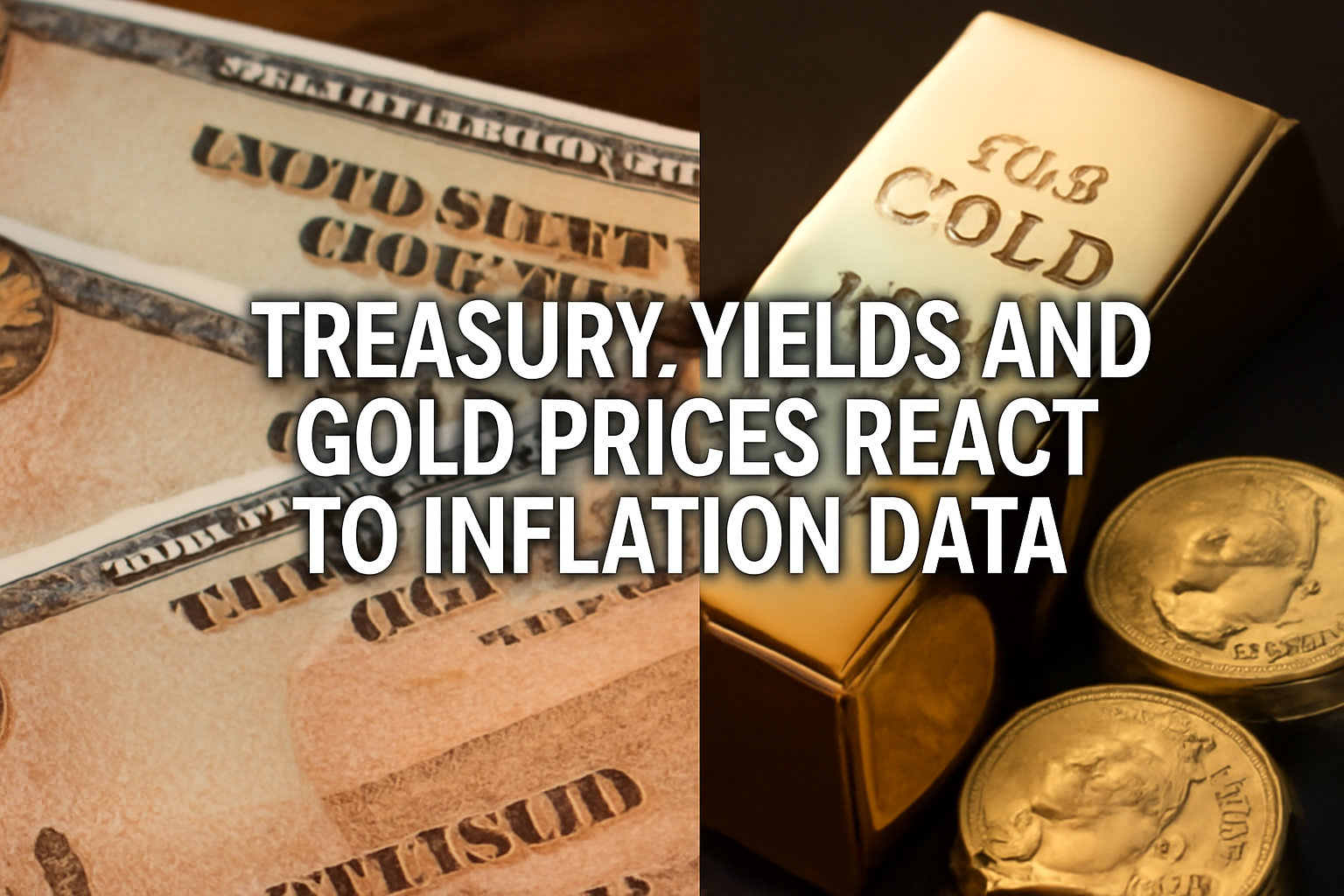The proposed increase in commercial tariffs by governments has sparked intense discussions about its direct impact on the global economy and, more specifically, on consumers. While the goal of higher tariffs is often to protect local industries, this action can have a negative side that affects product prices and consumers’ purchasing power. With the rise of tariff proposals, many consumers and businesses are left wondering: what are the real consequences of this change for the economy and my wallet?
This article aims to explore the impacts of increased tariffs, how they affect product prices, business competitiveness, and ultimately, the financial health of households and businesses. A measure that may seem like a temporary solution to local economic problems can trigger a series of unforeseen consequences that ripple across the economy, especially in terms of increased production and consumption costs.
What Are Tariffs and How Do They Work?
Before delving into the implications of an increase in tariffs, it is essential to understand what tariffs are and how they function. Tariffs are taxes imposed on imported goods from other countries, with the goal of protecting local production by encouraging consumers to purchase domestically made products instead of cheaper foreign goods.
These taxes are applied directly to goods entering the country and effectively raise their final cost. While this strategy is used by many governments to protect their internal markets and boost local production competitiveness, it can also result in a rise in product prices for consumers, who end up paying more for goods that were previously more affordable.
For instance, if the government decides to raise tariffs on imported cars, it may benefit local car manufacturers, but at the same time, consumers will have to pay more for both local and imported vehicles due to increased production costs and the passing on of those costs by the industry.
The Immediate Impact on Product Prices
The primary consequence of an increase in tariffs is the direct impact on product prices. When the government raises tariffs on imported goods, the cost of those goods increases automatically. For consumers, this means that the prices of a wide range of everyday items—such as food, electronics, and clothing—could rise significantly, reducing purchasing power and quality of life.
For example, in the case of electronic products, many essential components for manufacturing devices such as smartphones, televisions, and computers are imported. With higher tariffs, the cost of these components rises, causing technology companies to increase the prices of finished products. This price hike does not only affect tech products but also a range of other goods that rely on imported raw materials.
Furthermore, higher tariffs can lead to inflation. This happens when there is a general rise in prices, which decreases the purchasing power of the currency. As the prices of various goods begin to climb, consumers are forced to buy less, slowing down the economy.
Local and Global Economic Impacts
While the increase in tariffs may protect certain local sectors, the truth is that the global economy is interconnected, and the impact can be broader than it may seem at first glance. With higher tariffs, not only do product prices increase, but there may also be a slowdown in international trade, which directly affects global commerce.
Companies that rely on imports for their supply chain may be forced to cut costs, reduce the size of their operations, or even lay off employees to offset the increased tariffs. This can lead to job losses in sectors that rely on imported products for production, creating a domino effect in the economy, reducing consumer confidence and impacting purchasing ability.
At the same time, countries that are major exporters may face retaliatory measures. The imposition of tariffs by one country often leads to a cycle of retaliation, with other countries also raising their tariffs, further disrupting the global economy. This can lead to a trade war scenario, where prices continue to rise and international trade declines, creating a challenging economic environment for businesses and consumers alike.
Effects on the Job Market and Business Competitiveness
The impact of tariffs is also felt in the labor market. As mentioned earlier, companies that cannot absorb the additional costs may be forced to lay off workers or even shut down operations. This can lead to a wave of unemployment, particularly in sectors more dependent on imports.
Additionally, many local companies benefiting from tariff protection may not have the incentive to improve efficiency or innovate, which harms their long-term competitiveness. While tariffs may shield local companies from foreign competition, they can also reduce the incentive for these businesses to become more competitive, resulting in lower-quality products or higher prices.
On the other hand, companies that rely on exports may face difficulties as international consumers respond negatively to higher tariffs and seek out cheaper alternatives.
How Can Businesses and Consumers Prepare for the Effects of Tariffs?
With tariffs directly impacting product prices, it is essential for both businesses and consumers to adopt strategies to adapt to this new reality.
Strategies for Businesses:
- Diversify Suppliers: Companies that depend on imported goods may want to explore local suppliers or suppliers from other countries to minimize the additional costs caused by tariffs.
- Invest in Innovation: To compete with cheaper foreign products, businesses need to invest in innovation and improvements to their production processes. Efficiency can help absorb part of the additional cost and keep prices competitive.
- Review Pricing: To protect profit margins, companies may be forced to pass the cost of tariffs onto consumers. However, it’s important to balance prices so as not to lose customers to the competition.
Strategies for Consumers:
- Review Personal Budget: With rising prices, it is essential for consumers to review their budgets and prioritize essential spending. Increasing savings and cutting unnecessary expenses may be vital strategies during inflationary times.
- Price Comparison: To reduce costs, consumers must be vigilant in comparing prices and seeking out more affordable alternatives for essential items. Price comparison becomes even more relevant when tariffs affect the prices of consumer goods.
- Invest in Inflation-Protected Assets: In times of increased tariffs and inflation, investing in assets that protect against purchasing power loss, such as real estate or gold, can be an intelligent strategy.
Conclusion
While tariff increases are a necessary measure to protect local industries, they can have serious impacts on the global economy and consumers. The rise in prices, inflation, and the challenges faced by businesses and consumers require careful financial planning. Both businesses and consumers need to adopt adaptive strategies to mitigate the effects and protect their purchasing power.
Tariffs can be a double-edged sword: while they provide protection for domestic industries, they also create economic challenges that can hinder growth and financial well-being. To navigate these turbulent waters, it is essential for businesses and consumers to prepare by adjusting practices and becoming more aware of how commercial tariffs affect personal and business finances.
Chamada à ação
Agora é a hora de agir. As empresas se preparam para os efeitos dos aumentos tarifários e investem em inovação e eficiência. Consumidores, ajustem seus orçamentos e busquem alternativas mais acessíveis. Para obter mais dicas e estratégias financeiras para enfrentar as mudanças econômicas, inscreva-se em nosso blog e mantenha-se atualizado com nossos insights.







Leave a Reply